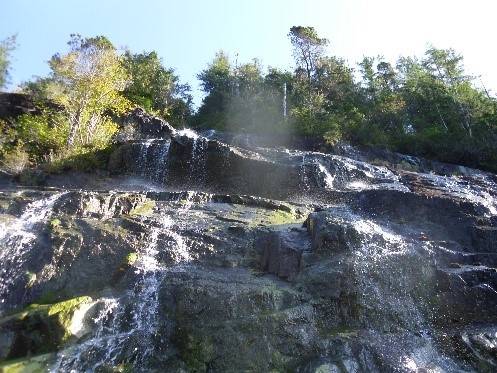
Environmental Science Undergraduate Theses
Date of Award
Summer 8-21-2020
Document Type
Undergraduate Thesis
Department
Environmental Science
First Advisor
Julie Masura
Second Advisor
Cheryl Greengrove
Abstract
In 2014 and 2019, an unusually warm patch of water in the North Pacific called the ‘Blob’, came ashore in early Fall of both years. Researchers were interested to see if this warm water intruded into Sydney Inlet of Clayoquot Sound, which is located off the west coast of Vancouver Island an important source of food and income for the neighboring communities. If these warm waters intruded into the Sound, this could in-turn create favorable conditions for harmful algal blooms (HABs) to form, specifically the phytoplankton Alexandrium known to be present in this region. As a result, University of Washington Tacoma (UWT) faculty and students measured water properties and collected water samples for nutrient analysis for Clayoquot Sound for those years. Choropleth maps were created to compare relative concentrations of key nutrients used by phytoplankton, and contoured profile plots were used to determine if oceanic conditions were favorable for HABs to develop. Overall, researchers found that the ‘Blob’ intruded into the waters of Sydney Inlet, causing an average temperature increase of 1°C within the water body, as well as a decrease in nitrate and phosphate concentrations and an increase in fluorescence. This data suggested an increase in favorable conditions for Alexandrium corresponding to the years where the ‘Blob’ was present. This leads to the need for additional monitoring of shellfish beds within the area during these warm water anomalies.
Recommended Citation
Anderbery, Alyssa, "Clayoquot Sound Harmful Algal Blooms Investigation of Sydney Inlet – 2019" (2020). Environmental Science Undergraduate Theses. 3.
https://digitalcommons.tacoma.uw.edu/envsci_theses/3
